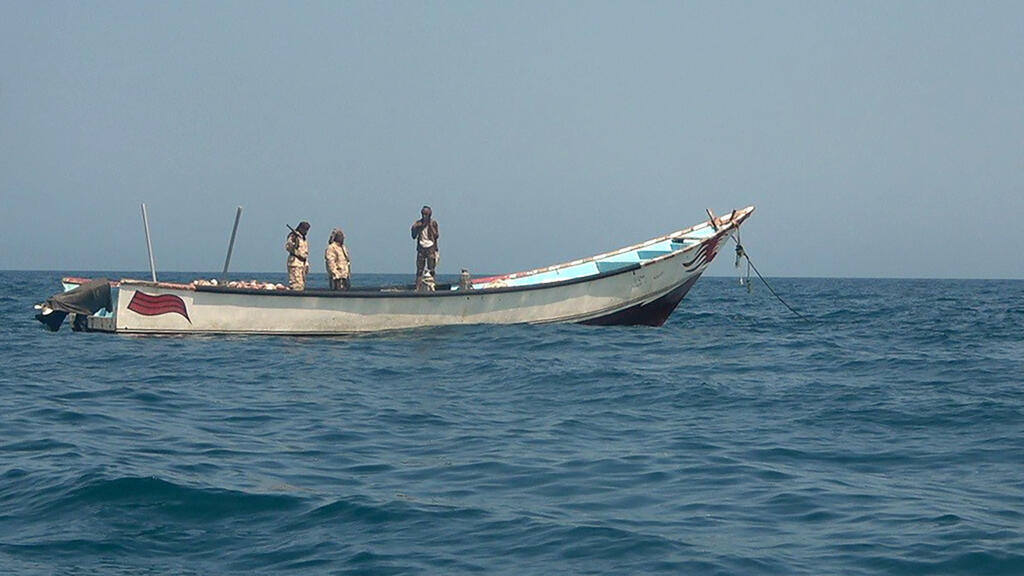China’s head Lee Kiang announced that construction has started on what will be the world’s largest hydroelectric dam on the Yarlung Tsangpo River in the eastern rim of the Tibetan plateau.
The announcement was made at the ceremony on Saturday, as reported by the Chinese media.
However, the employed dam has given rise to concerns from India, Bangladesh and NGOs.
Why does China want to build a dam?
The Yarlung Tsangpo River, which is 2.900 km long, begins in the Himalayas and the winds, called the world’s deepest land-based valley. In a section, the river falls into a height within 2000 meters (6561 ft) 50 km (31 mi).
China has referred to reducing carbon emissions in the Tibet region, reducing carbon emissions and expanding economic goals as the reasons behind the estimated $ 170 billion (€ 147.4 billion) project.
“The power generated will mainly be transmedia in other areas for consumption, while the state media said,” the state media reported, “state media said,” the state media said.
The dam will allegedly include five cascade hydropower stations, which will have a capacity of 300 billion kWh hours every year – equal to the amount consumed by the UK last year.
India and Bangladesh raise concerns
Like -as Yarlung Tsangpo flows to the south, it becomes the Brahmaputra River in India and Bangladesh. Millions rely on the river as a water source and for agriculture. Both countries have expressed concern over the impact of the dam over millions of people living downwards. Non -governmental organizations have warned the ecological sensitive plateau to warn the risk of irreversible damage.
In January, India’s Foreign Ministry expressed concern with China, saying that it will “take necessary measures to protect our interests and take necessary measures.” The ministry insisted that China has been “requested to ensure that the interests of Brahmaputra’s downstream states should not be damaged by activities in the upstream region”.
A 2020 report from Lori Institute to the Australian think tank reported that “the control over thesis rivers strangles China on the Indian economy.”
Chinese authorities have not stated how many people will be displayed by the construction of the Yarsarsha project. In December, China’s Foreign Ministry stated that the project would not have any “negative effects”, saying that Beijing “wants to maintain communication with the river lower access”.
This is not the first time geo -political issues have been raised by rivers that cross international borders.
The Yarlung Tsangpo Dam is expected to be commissioned in the 2030s.
Edited by: dmytro hubenko


